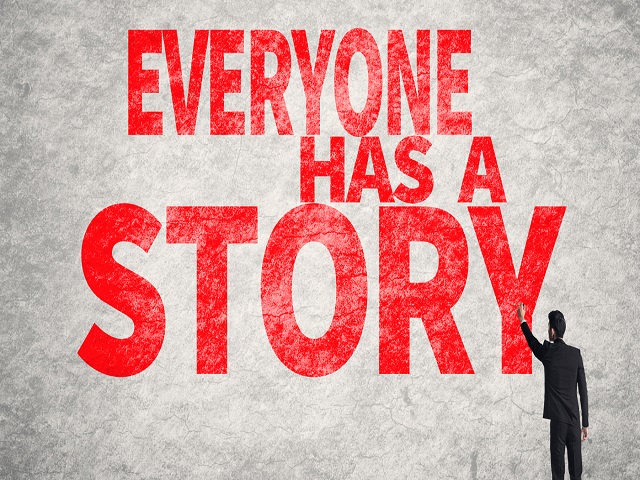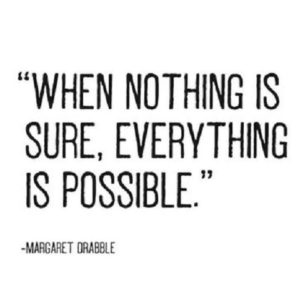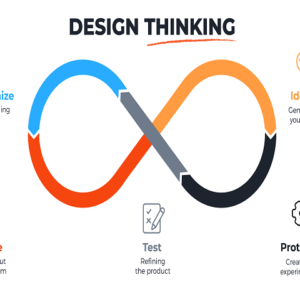Anthropologists tell us that storytelling is central to human existence. Just as the brain detects patterns in the visual form be it a face, a figure, a flower, stories are recognizable patterns too, and in those patterns, we find meaning. We use stories to make sense of our world and to share that understanding with others.
But if stories themselves are universal, the way we tell them need to change with the medium.
Every new medium has given rise to a new form of narrative. In Europe, the invention of the printing press around 1450 led to the emergence of periodicals and the novel. The invention of the motion picture camera around 1890 led to the development of feature films by 1910. Television, invented around 1925, gave rise to a whole new way of telling stories.
And then came the internet – the first medium that can act like all media — it can be text, or audio or video, or all of the above. It’s nonlinear and the revolutionary practice of hyperlinking. It’s inherently participatory — not just interactive. And now, more and more immersive — meaning that you can drill down as deeply as you like about anything you want to know about.
We love stories because we imagine ourselves in them. A good story makes us empathize. A good story makes us feel something. Telling stories has a special place in our culture.
Many people assume that storytelling is somehow in conflict with authenticity. The great storyteller, in this view, is a spinner of yarns that amuse without being rooted in truth. The image of Hollywood as “Tinseltown”—a land of make-believe and suspended disbelief that allows us to escape reality, even manipulates us into doing so—reinforces this notion. But great storytelling does not conflict with truth. It is always built on the integrity of the story and its teller. Hence the emphasis has to be always on truth as its core.
Second, you’ll need to identify your audience’s emotional needs and meet them with integrity. It’s not enough to get the facts right—you’ve got to get the emotional arc right as well.
Third, you’ll want to tell your story in an interactive fashion, so people will feel they’ve participated in shaping the story experience.




